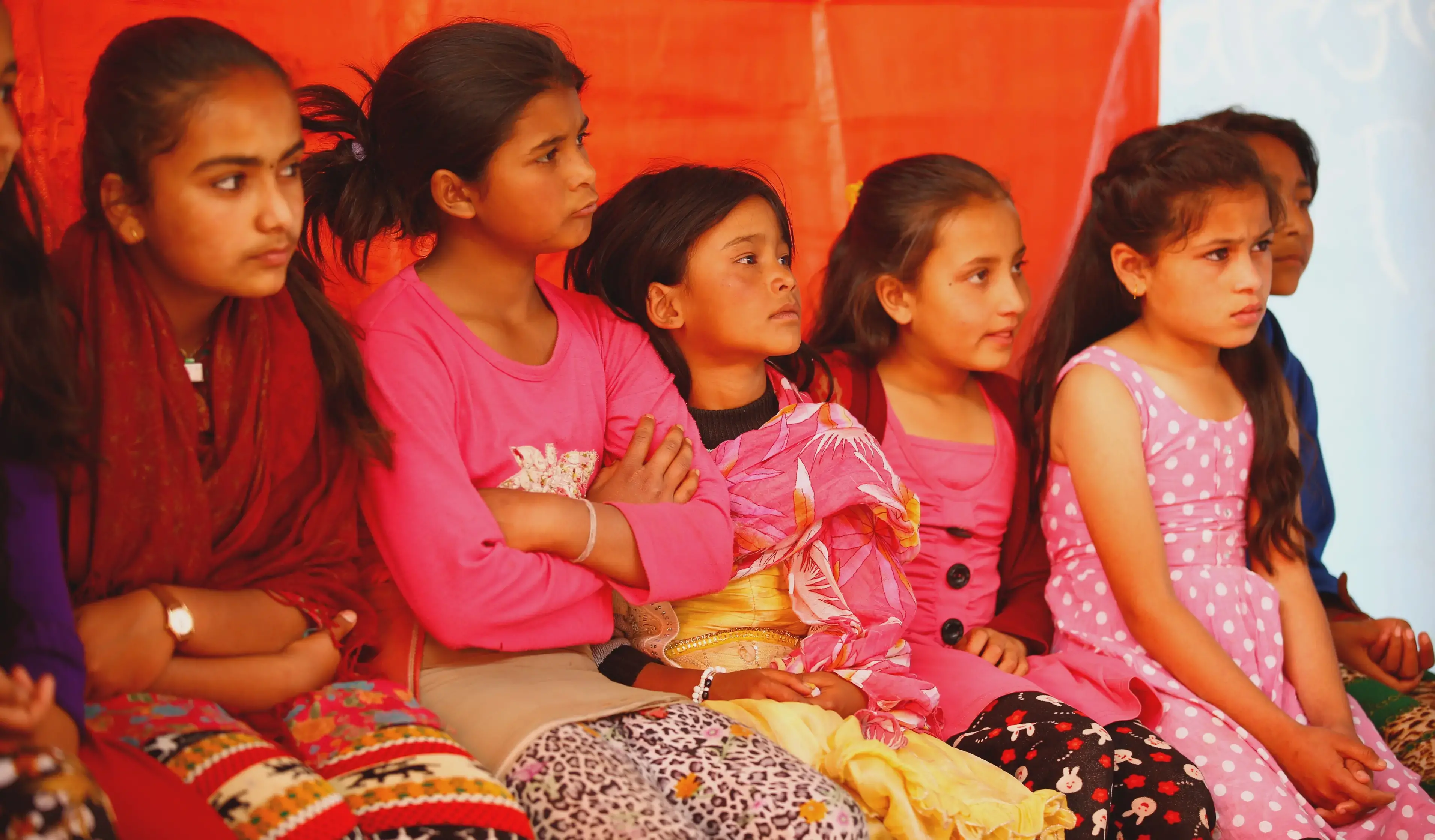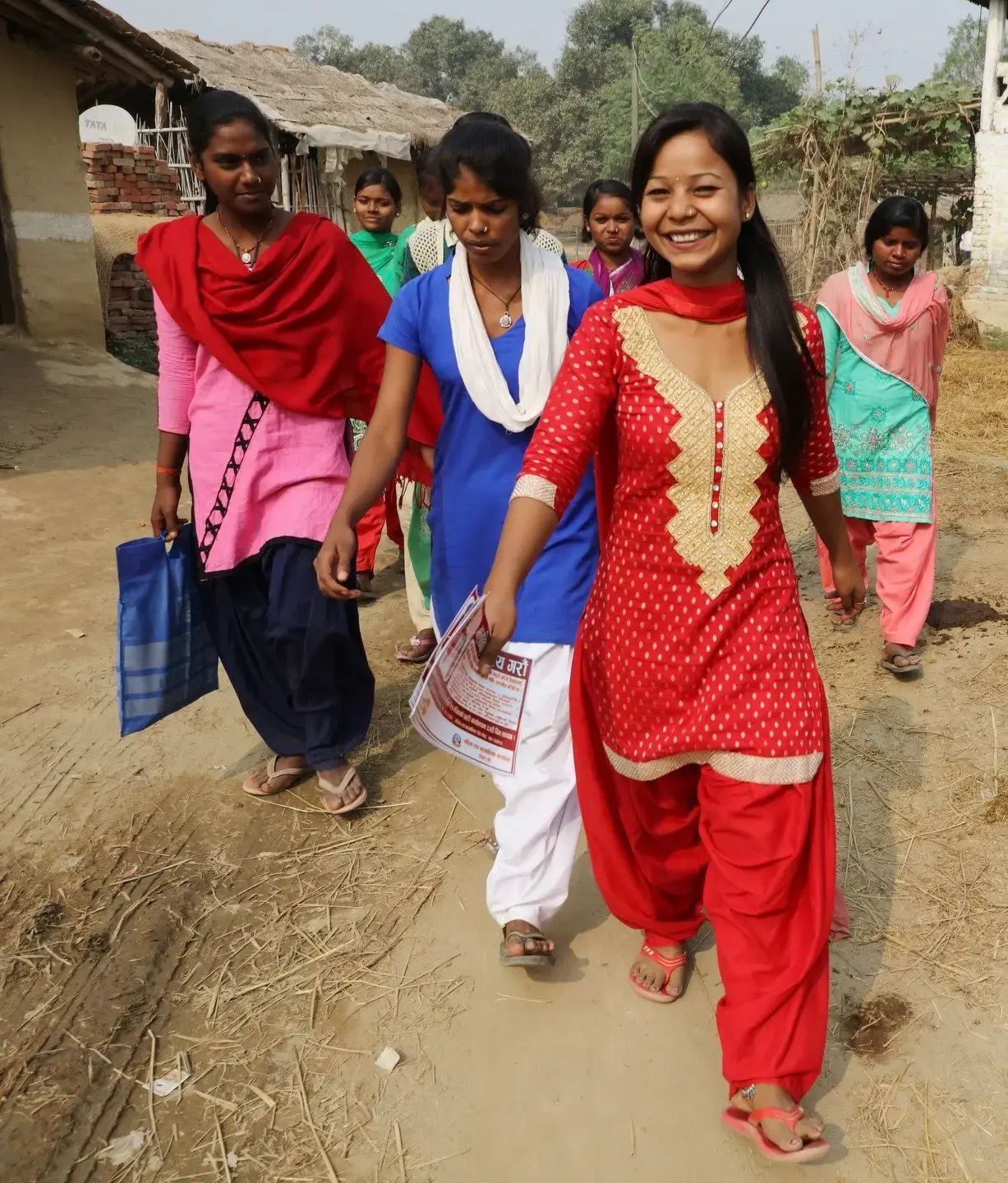In 1989, the Governing Council of the United Nations Development Programme recommended that 11 July be observed by the international community as World Population Day, a day to focus attention on the urgency and importance of population issues. This year's theme is 'Investing in teenage girls.'
Teenage girls around the world face enormous challenges. Many are considered by their communities or parents to be ready for marriage and motherhood. Many are forced from school, damaging their future prospects. Even among girls who stay in school, access to basic information about their health, human rights and reproductive rights can be hard to come by, leaving them vulnerable to illness, injury and exploitation. These challenges are exacerbated among marginalized girls, such as members of ethnic minorities or those living in poverty or remote areas.
Yet when teenage girls are empowered, when they know about their rights and are given the tools to succeed, they become agents of positive change in their communities.
UNFPA's programmes aim to end child marriage, curb adolescent pregnancy, and to empower girls to make informed choices about their health and lives. In 2015 alone, UNFPA programmes globally helped 11.2 million girls between ages 10 and 19 gain access to sexual and reproductive health services and information.
"Leaders and communities must focus on and stand up for the human rights of the most marginalized teenage girls, particularly those who are poor, out of school, exploited, or subjected to harmful traditional practices, including child marriage," UNFPA Executive Director Dr. Babatunde Osotimehin said. "Marginalized girls are vulnerable to poor reproductive health and more likely to become mothers while still children themselves. They have a right to understand and control their own bodies and shape their own lives.”
Nepal's context
Adolescents, as a distinct category, remain largely invisible in national policies and programmes. Although there are a large number of initiatives promoted by several ministries and agencies that directly or indirectly address adolescent girls’ concerns, there is little proper coordination among them.
Within the broad development context, adolescent girls in Nepal are not progressing to the same extent as boys of the same age. Adolescent girls live at the interface of inequity, vulnerability, disparity and discrimination at all levels, from family to community to the state, curtailing their development opportunities. Owing to a combination of biological, psychological and social factors, adolescent girls are considered vulnerable to various problems such as trafficking, sexual exploitation, child labour, HIV and AIDS, early pregnancy, substance abuse, suicide, accidents and violence.
The adolescent population in Nepal is approximately 6.0 million or 24 percent of the total population; 75 percent of all married women married before they turned 19, and 16 percent before they were 15 years old. The contraceptive prevalence rate for modern methods is 43 percent overall, but only 8.9 percent among women aged 15-19 leading to a high rate of early pregnancy: some 42 percent of married 15–19-year-olds are already mothers.
Gender norms are at the root of prevailing inequities between adolescent girls and boys. Gender disparities still persist in literacy and that adolescent girls face multiple obstacles in attaining education in Nepal. Despite the country’s strides in the areas of education and literacy, with near universal enrolment in primary education, gender disparities persist and are more pronounced among poorer, more vulnerable sections of the population.
Girls are undervalued and live in a social environment where resources are distributed unequally between boys and girls. Studies indicate that girls are more likely to be enrolled in public schools than their brothers, who are more likely to be enrolled in private schools. Girls are often taken out of school when they reach secondary level to engage in economic activities. Girls are expected to contribute substantially to household work and farming. At the same time, their economic contribution is undervalued and discounted, while there is an overemphasis on their reproductive role.
Despite advances in recent years, adolescent girls continue to suffer severe disadvantages, discrimination and exclusion, merely for being young and being female. For many girls, puberty marks an accelerating trajectory into inequality. It also represents a critical window for preventive and protective investments that we must make if we are serious about achieving full gender equality.
Ensuring that girls are able to exercise their rights, can pursue their education and have the skills and opportunity to join the workforce is essential for their own well-being, and a critical foundation for the health and prosperity of families, communities and nations. These rights include choosing when and whom to marry, when or whether to have children, and being free of violence, abuse and exploitation.
When girls are free to define their lives and enjoy their rights, they not only enjoy better health and healthier children; they are also better able to contribute to national development as economic actors and entrepreneurs, helping their countries reap a demographic dividend and driving economic growth.




